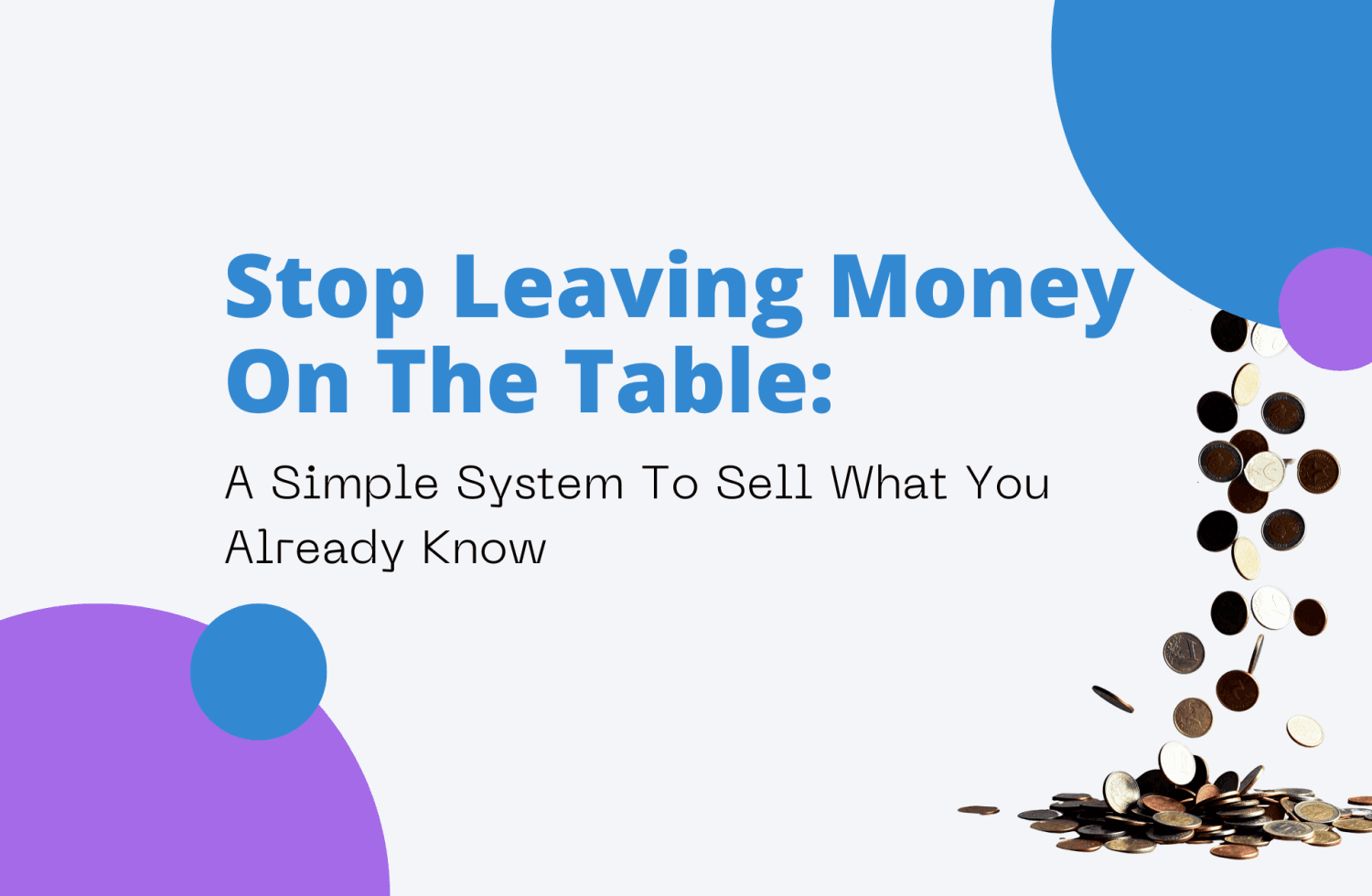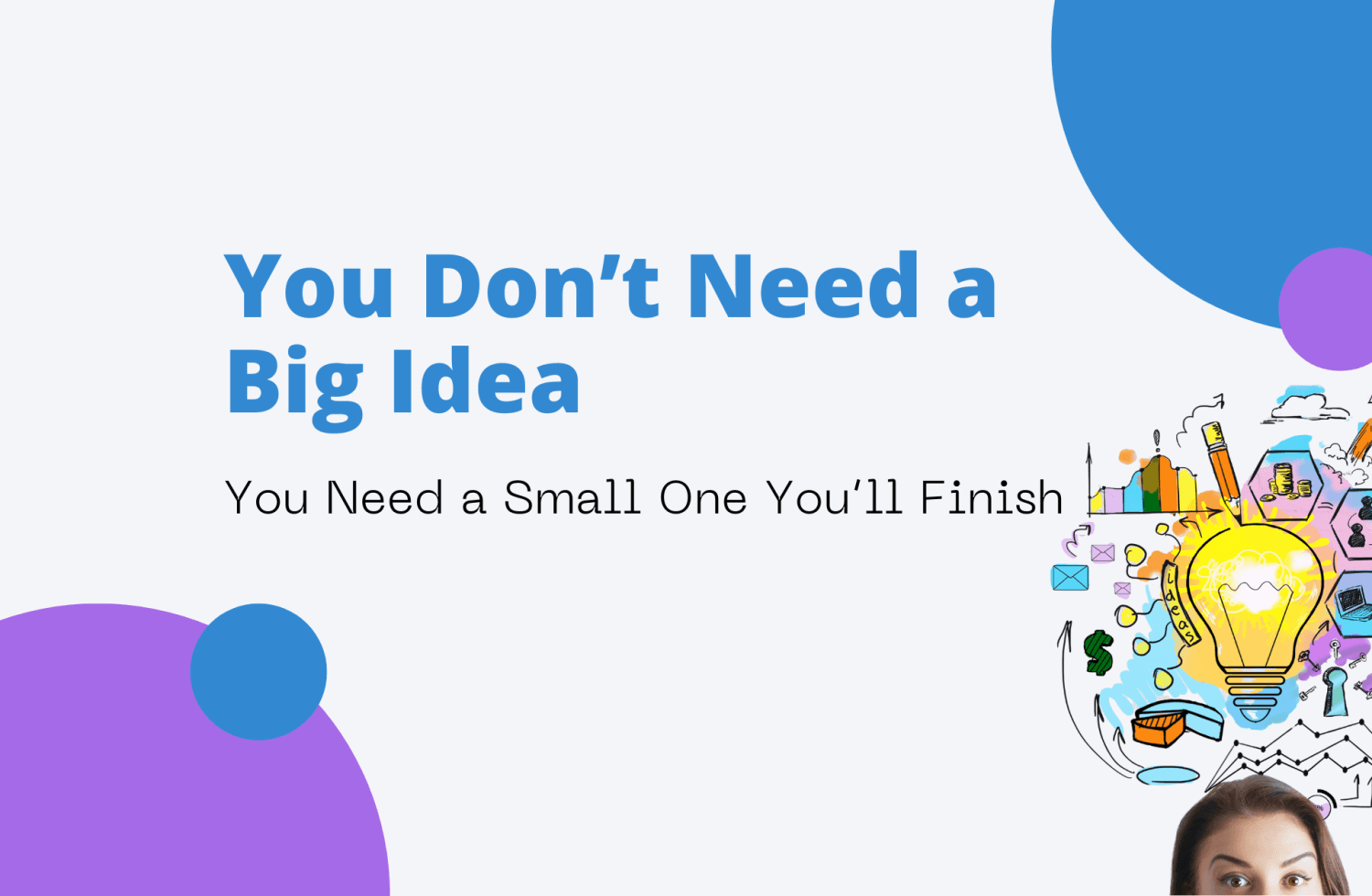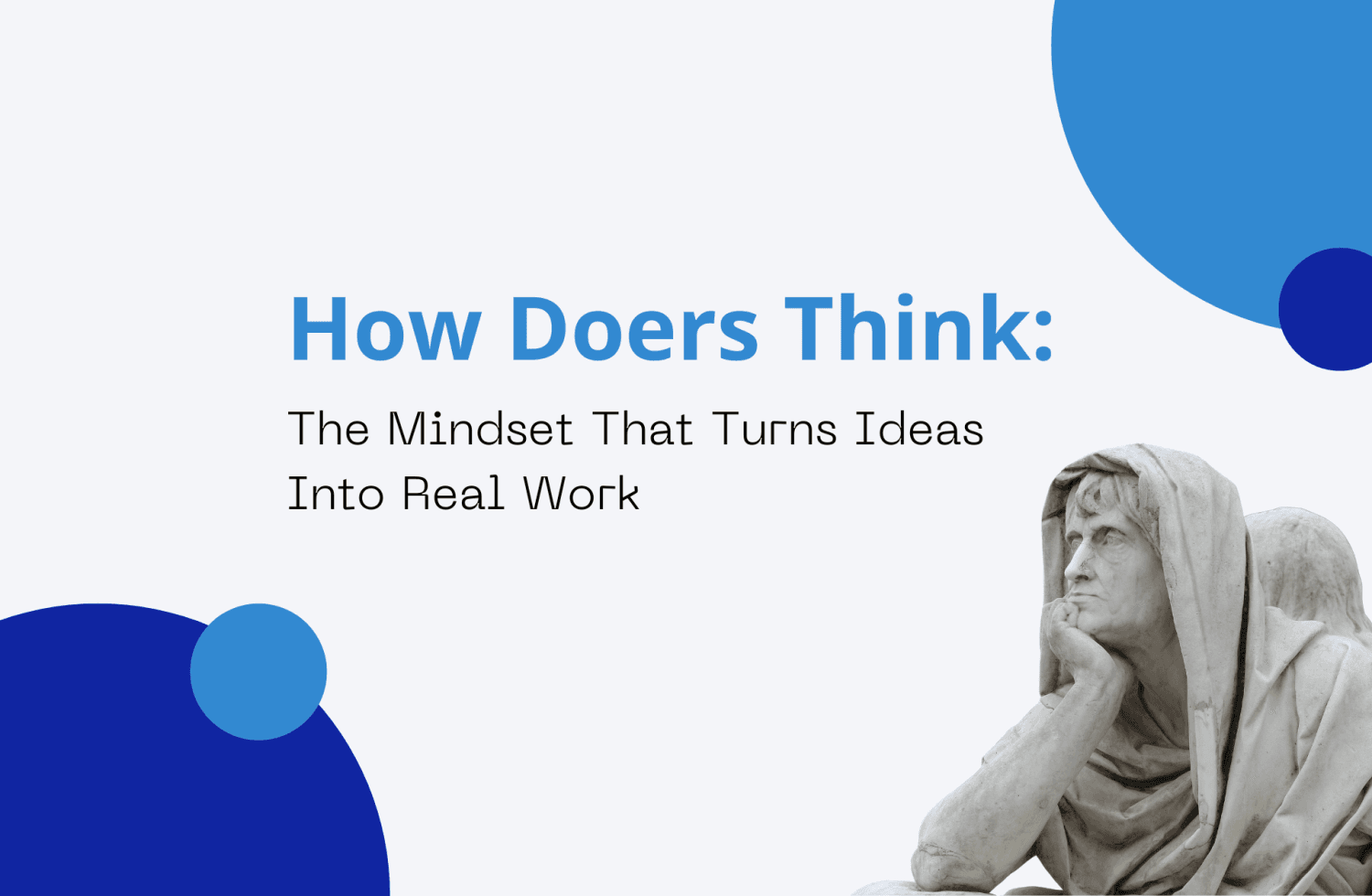Click Here to Download Today's Infographic.
Almost everyone’s had that moment: you’ve got the itch to start something.
A product. A course. A service.
Maybe even an entire business.
You feel the spark—you just don’t know where to start.
If that sounds familiar, you’re not alone.
It’s one of the most common (and frustrating) feelings shared by people with real potential.
Here’s the real problem: the internet is filled with too much noise.
Too many experts. Too many conflicting tips.
You start googling for clarity and instead end up overwhelmed, staring at twenty tabs and fifty opinions.
But what if you had a clear set of tools that actually helped?
What if you had a curated list—not of random book recommendations—but of books and tools that work together to help you start smart, move fast, and stop stalling?
That’s what this post is for.
The list of 20 books you saw isn’t just inspirational—it’s practical.
But instead of giving you a reading list and walking away, this blog shows you exactly how to use it:
- How to read these books in a way that sparks action
- How to stack them in the right order, so you stop spinning in circles
- How to apply their ideas to real workplace situations
- What extra resources can help you move faster—TED Talks, tools, podcasts
- And a final reflection to leave you thinking differently about what’s next
Let’s dig into it.
Stop Reading Like a Student. Start Reading Like a Builder.
It’s easy to mistake reading for doing.
You read the whole book, highlight like crazy, take pages of notes... and then nothing changes.
That’s because reading alone isn’t the goal. Action is. And the best builders know this.
If you want to move faster, read books differently:
- Stop at the first idea that makes sense for you—then go act on it.
- Don’t finish the book just to say you did. Use what’s useful now.
- Reread later if needed—but never before testing what you’ve learned.
Real example:
Someone read "The Mom Test" and realized they’d been asking people, “Would you use this?” instead of “Have you paid for something like this?”
That one sentence changed everything.
They stopped reading, messaged five past customers, and asked better questions.
The feedback helped them rework their entire offer—and it finally started to sell.
That’s what reading like a builder looks like. You don’t wait to finish the book.
You start building with what you’ve got.
The 5-Part Build Stack: The Right Books in the Right Order
You can have the best resources in the world, but if you use them in the wrong order, you’ll still feel stuck.
The books in the list above aren’t random.
They’re grouped into five categories—and when you use them as a sequence, things click faster.
Here’s the Build Stack:
MINDSET: Fix What’s in Your Way First
- Rework — Reminds you most of what you think is required... isn’t.
- The Minimalist Entrepreneur — Shows how to start with what’s already in your hands.
- Atomic Habits — Helps you actually do the thing daily, even when motivation dies.
Mindset isn’t just fluff—it’s often the thing quietly blocking action.
Real example:
A marketer kept delaying their weekly newsletter because they were overthinking every sentence.
Reading Atomic Habits helped them build a 15-minute writing ritual before work each morning.
Rework gave them permission to launch imperfectly.
The Minimalist Entrepreneur reminded them to stop scaling imaginary problems.
That first issue went out the same week—and hasn’t stopped since.
START SMART: You Don’t Need to Build Big
- Start Small, Stay Small — Gives you permission to win as a solo creator.
- Do It Today — Shifts your mindset from "someday" to now.
- Start From Zero — Shows how to build an offer around real needs, not just your ideas.
Most people try to build something big too early.
These books show you how to start small but real.
Real example:
A Notion fan wanted to teach their workflow but kept putting it off.
They’d outlined an entire course, mapped every module, and written zero content.
After reading Do It Today, they challenged themselves to release something in 48 hours.
They ended up launching a $15 dashboard template and shared it on Twitter.
That weekend, they made $150.
Then they used feedback to improve it—and it kept selling.
One small win led to real momentum.
BUILD GOOD STUFF: Test, Don’t Guess
- The Lean Startup — Teaches you to test fast and learn fast.
- The Mom Test — Helps you ask the right questions.
- Traction — Keeps you focused on one growth channel.
- Obviously Awesome — Makes your offer impossible to misunderstand.
Don’t just create a thing and hope people want it.
Test it while you’re building.
Real example:
A team launched a beautiful productivity tool—but users didn’t stick around.
They realized they never asked the right questions before building.
After reading The Mom Test, they ran 10 better customer interviews.
They learned that what users really wanted was a fast way to export their to-dos.
That insight helped them simplify their app—and traffic from one Slack group (thanks to Traction) gave them their first 500 users.
SELL IT: Create Offers People Say Yes To
- $100M Offers — Helps you build value that feels like a no-brainer.
- 1-Page Marketing Plan — Gives you a basic sales system that actually works.
- Hooked — Helps make your product something people keep using.
- Show Your Work — Turns your process into shareable content.
If your offer isn’t converting, these books will help you rework it until it does.
Real example:
A freelance designer kept getting ghosted.
Her portfolio was solid, her skills legit, but no one booked.
She read $100M Offers and realized her pricing and messaging were unclear.
She packaged her services into one fixed-scope product with a headline that addressed a pain point.
Then she posted process clips on LinkedIn every few days.
Within two weeks, she’d booked four clients.
Her work didn’t change—but how she sold it did.
BRAND + CONTENT: Be Clear. Be You. Be Consistent.
- StoryBrand — Teaches you how to talk about your offer in a way people understand.
- Anything You Want — Gives you permission to build your business your way.
- Company of One — Reminds you that small doesn’t mean weak. It means focused.
You don’t need a big brand. You need a clear one.
These books help you find your voice and lean into it.
Real example:
A team made a mental health journaling app.
The features were solid, but their landing page confused people.
They were using vague words like "empower" and "transform."
After reading StoryBrand, they rewrote it to say: "Journaling that takes 60 seconds a day and helps you sleep better."
Suddenly, people got it.
Their conversion rate tripled in two weeks.
No ad spend. Just better words.
The Tools That Help You Go Even Further
Books are a powerful foundation.
But sometimes, a tool, talk, or podcast can fill in the gaps—or help you go faster.
Here are a few worth your time:
Best Book: Zero to One by Peter Thiel & Blake Masters. Teaches you how to build something that doesn’t just compete—it creates.
Best TED Talk: How AI Could Empower Any Business by Andrew Ng. Helps you understand how everyday tools and small data can make your business smarter.
Best AI Tool: ChatGPT. Whether you need help brainstorming offers, writing sales pages, or creating first drafts of emails—you’ll save hours. But only if you use it as a partner, not a crutch.
Best Podcast: The Diary of a CEO by Steven Bartlett. Not polished or fluffy. Just raw, honest conversations about what actually happens behind the scenes when you build something real.
You're Closer Than You Think
Starting a business doesn’t require genius. It requires movement.
Most people aren’t stuck because they lack knowledge.
They’re stuck because they’re waiting for certainty.
They want a sign. They want to know they won’t fail.
But that sign never comes.
The truth is, the only way to know if something works is to build it small, test it fast, and listen hard.
You don’t need a team. You don’t need perfect clarity. You don’t need the polished version.
You just need to start with what’s already in front of you—and do one real thing with it.
That’s why these books matter.
Not because they hold the secret.
But because they give you tools to move, think, and test.
They give you structure when things feel uncertain.
And the moment you use even one of them to launch your first draft of a product, write your first offer, or sell your first thing—that’s the moment the waiting ends.
You're not on the sidelines anymore. You’re building something.
And that changes how you see yourself.
Because once you realize you can make something valuable out of what you already have—you’ll never wait for someone else to hand you permission again.
Download the Infographic
Want to keep this list of books close by as you build?
You can download the full infographic shown in this blog as a high-quality PDF.
Print it, save it, or share it with a friend.





